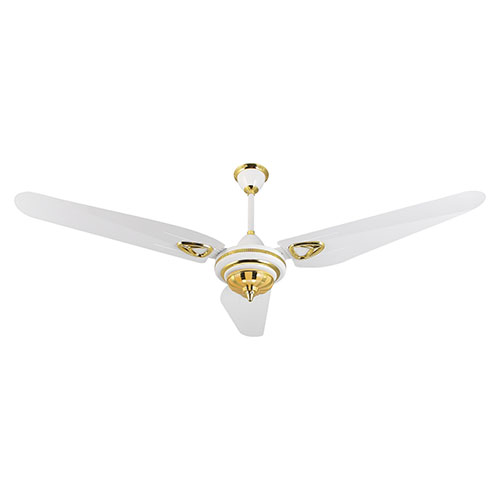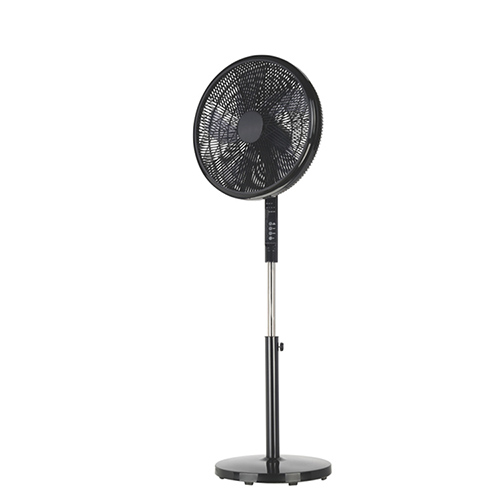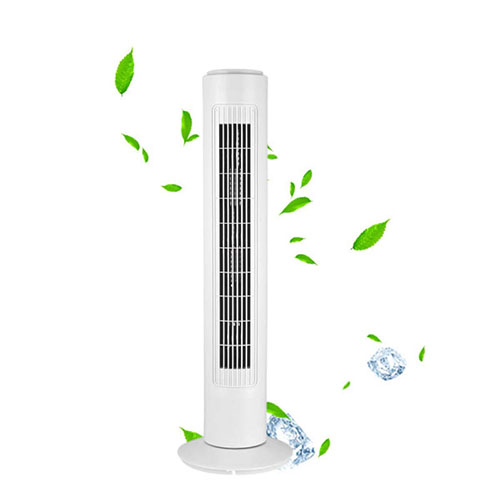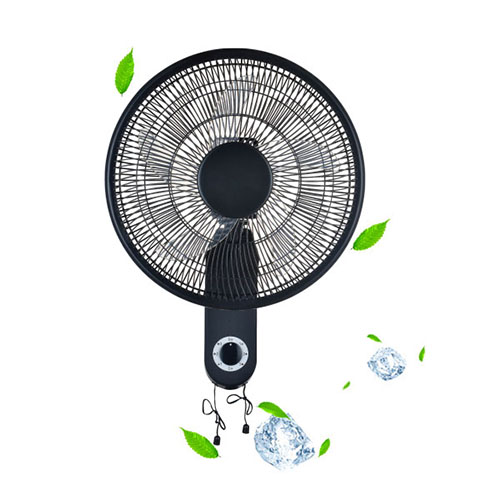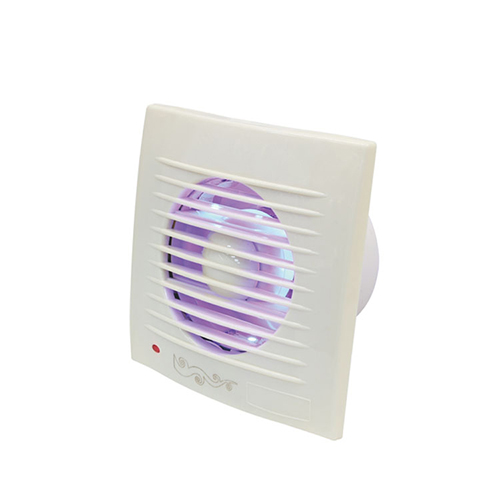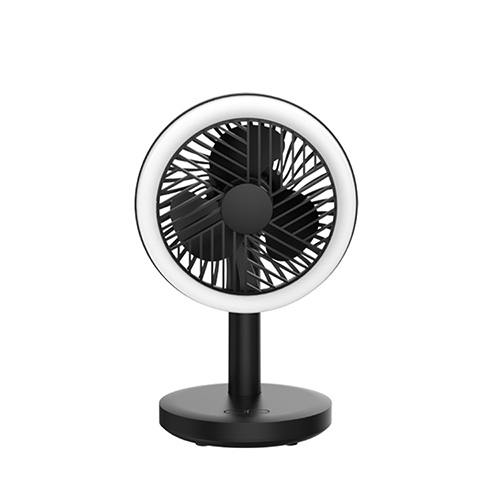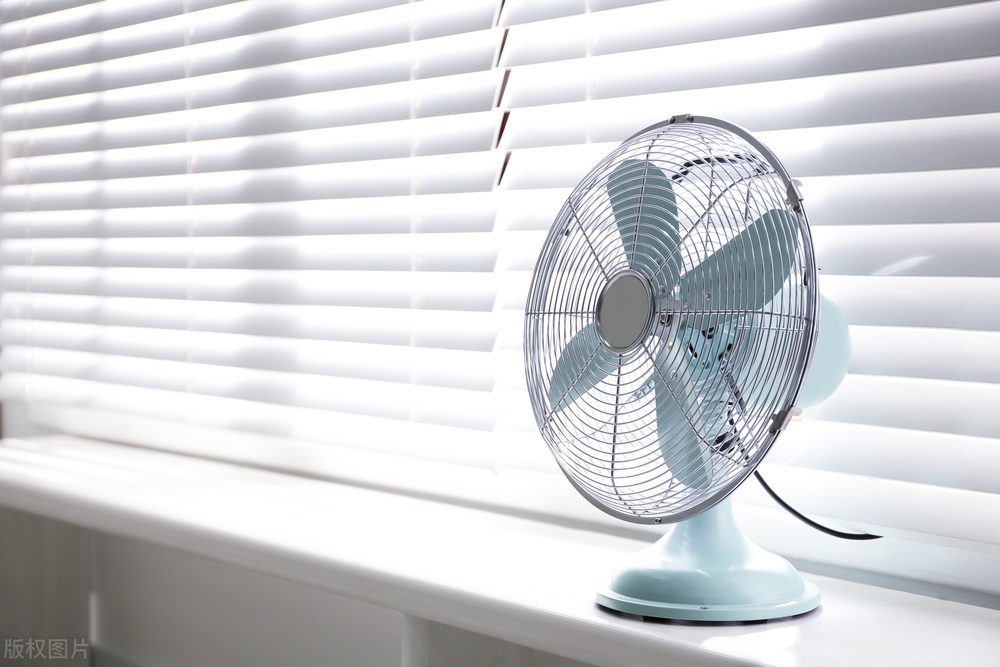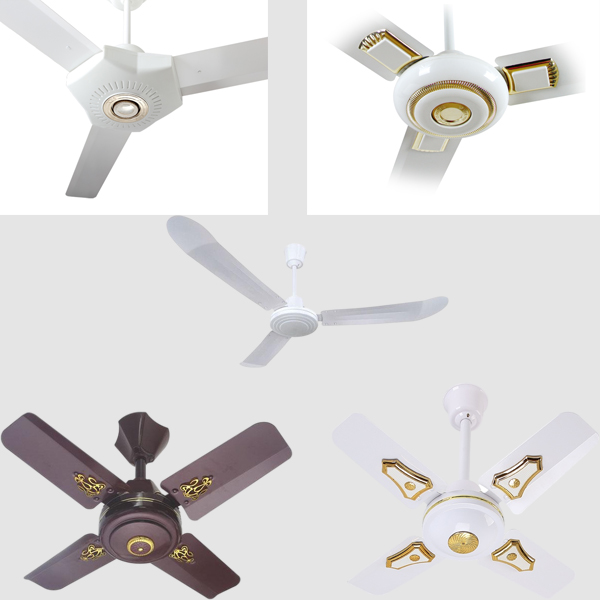Introduction:
In a world of rapidly evolving technology, there’s something enchanting about the timeless appeal of electric fans. Beyond their practical functionality, these iconic appliances evoke a sense of nostalgia and bring back memories of simpler times. In this article, we’ll take a trip down memory lane and explore the enduring charm of electric fans from a retro perspective. Join us as we delve into the vintage designs, classic features, and the resurgence of nostalgia-driven fan enthusiasts.
Vintage Design: An Ode to Classic Elegance:
Electric fans of yesteryears were crafted with attention to detail and exquisite craftsmanship. The ornate metal grills, intricate patterns, and polished finishes exuded a sense of elegance that elevated their status as more than just functional appliances. Vintage-inspired fans with retro designs are making a comeback, capturing the hearts of those seeking a touch of classic sophistication in their living spaces.
Whispering Breezes: The Calming Sound of Blades:
There’s a certain charm to the gentle hum and rhythmic sound of rotating fan blades. For many, it evokes a feeling of comfort and relaxation. Unlike modern bladeless fans, traditional electric fans with visible blades offer an auditory experience that transports us back to cherished moments of the past. This soothing background noise has a calming effect, making it a beloved feature for fans of retro cooling.
Collectibles and Fan Enthusiasts:
Electric fans have attracted a dedicated community of collectors and enthusiasts who appreciate their vintage appeal. Antique and vintage fan collectors scour flea markets, auctions, and online platforms to add unique pieces to their collections. These fans are not only functional appliances but also objects of beauty and historical significance. The enthusiasm surrounding these collectibles showcases the enduring allure of retro cooling.
Reimagined Retro: Modern Features with Vintage Aesthetics:
To cater to the demand for nostalgia, manufacturers have begun producing electric fans that combine classic design elements with modern functionality. These fans feature vintage-inspired aesthetics, such as metal construction, retro color schemes, and intricate detailing, while incorporating advanced features like energy efficiency, adjustable speeds, and oscillation. This fusion of past and present satisfies the desire for nostalgia without compromising on performance.
Reviving Memories and Creating Ambiance:
Electric fans have the power to transport us back to bygone eras, invoking memories of childhood summers, family gatherings, or lazy afternoons spent in the comforting breeze. Incorporating a retro-style electric fan into a room’s decor can evoke a sense of nostalgia, creating a unique ambiance that pays homage to the past while adding character to any space.
Embracing Retro Cooling in Modern Times:
In a world dominated by sleek and minimalist designs, embracing retro cooling with electric fans can be a refreshing change. The combination of vintage aesthetics and modern features offers the best of both worlds, allowing individuals to experience the charm of the past while enjoying the conveniences of the present. Whether as a functional cooling appliance or a decorative statement piece, retro-style electric fans add a touch of nostalgia and personality to any room.
Conclusion:
Electric fans have transcended their role as mere cooling devices to become symbols of nostalgia, elegance, and retro charm. From their vintage-inspired designs to the comforting sound of rotating blades, these timeless appliances evoke memories and create a unique ambiance in our modern lives. Whether you’re a collector, a fan enthusiast, or someone seeking a touch of classic elegance, embracing retro cooling with electric fans brings a delightful blend of nostalgia and functionality to your space. So, indulge in the allure of the past, and let the gentle breeze of a retro electric fan transport you to a bygone era of timeless charm.

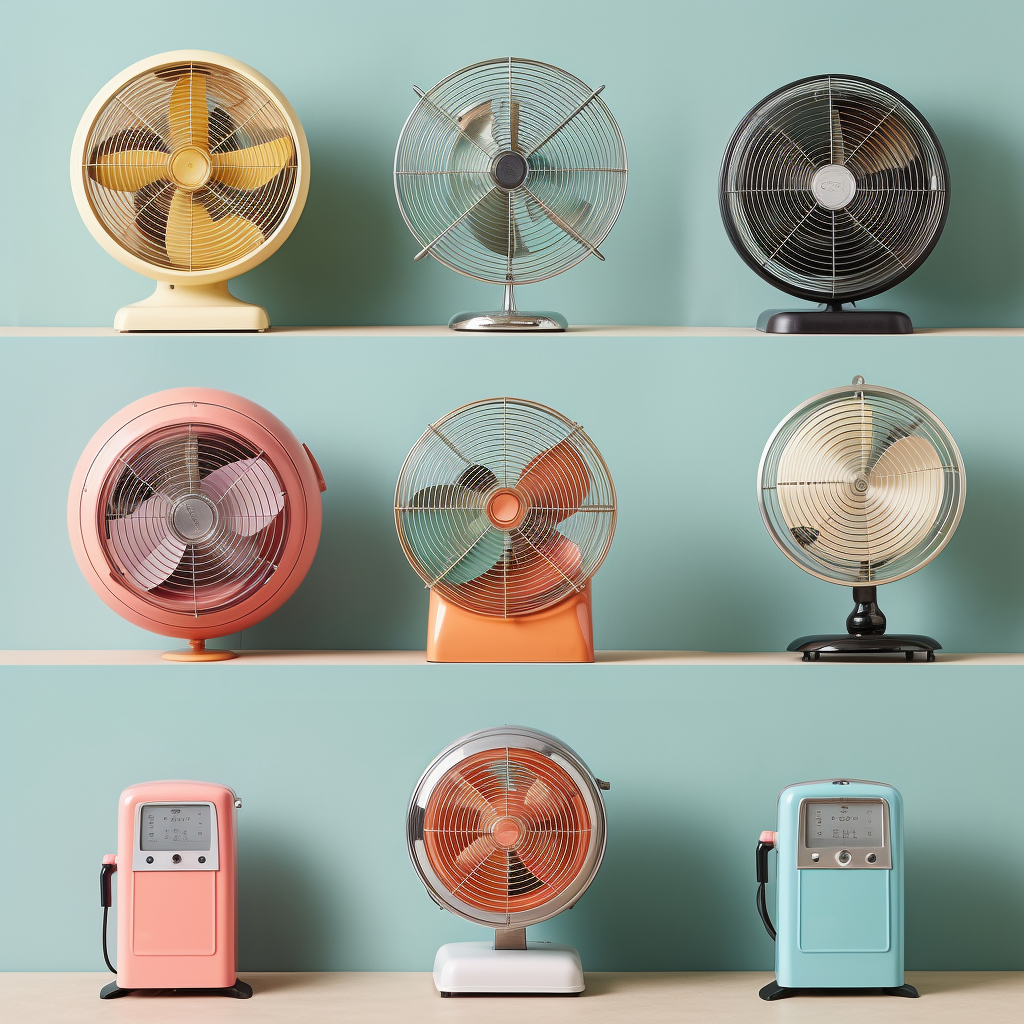
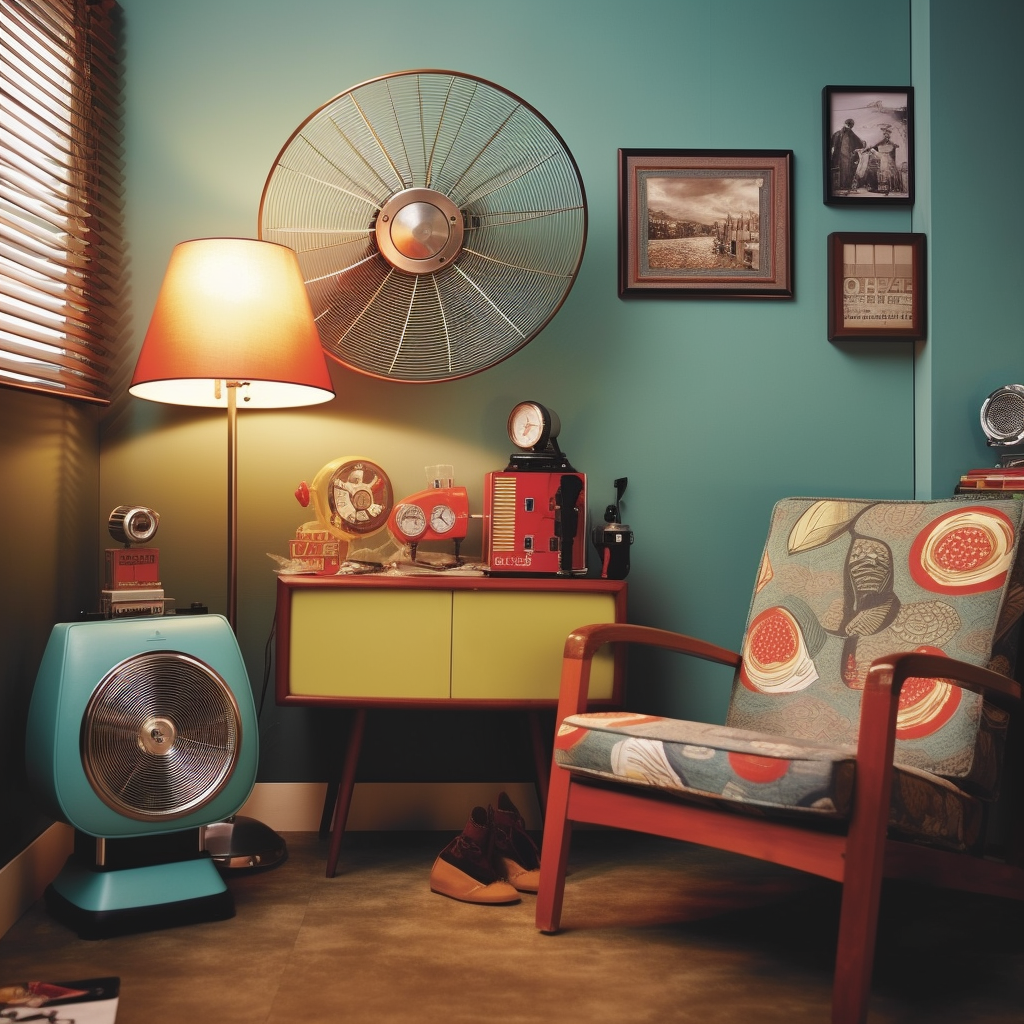
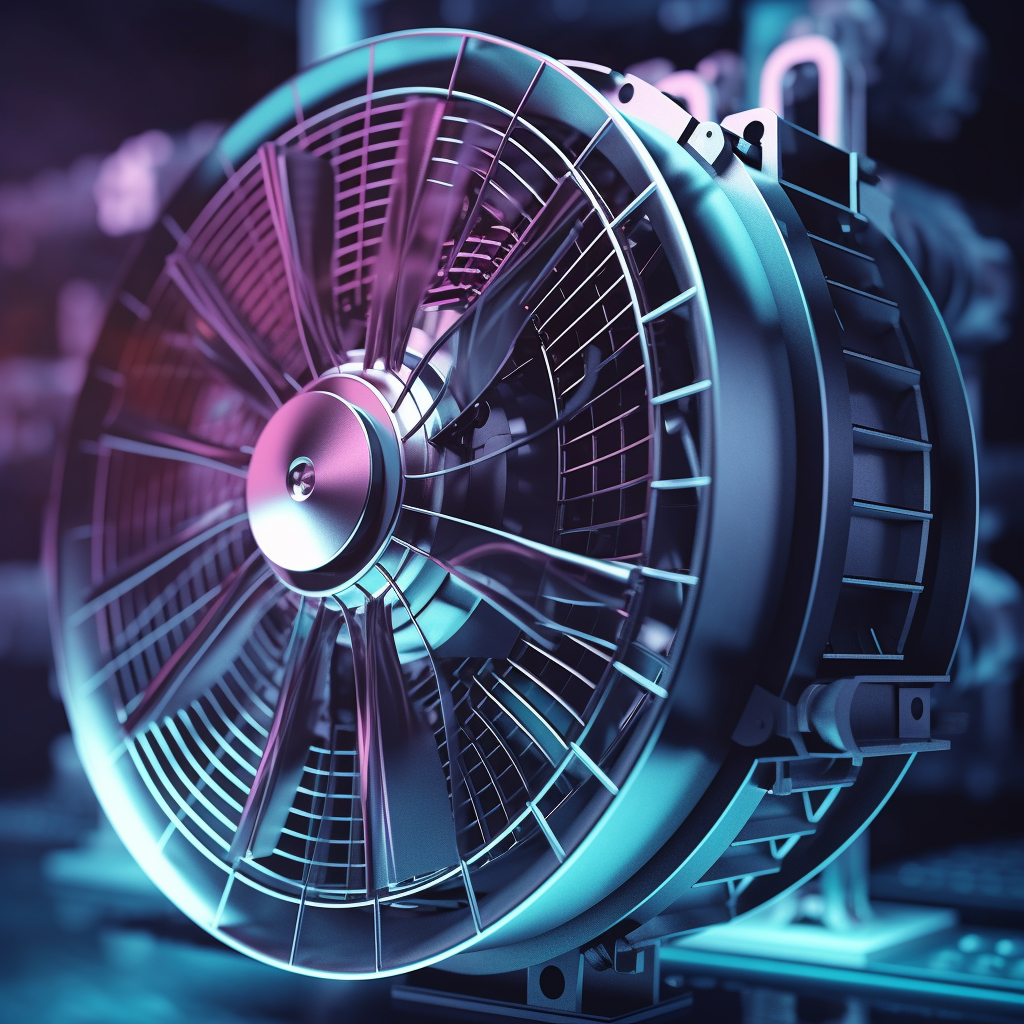
 1. Ceiling Fans
1. Ceiling Fans